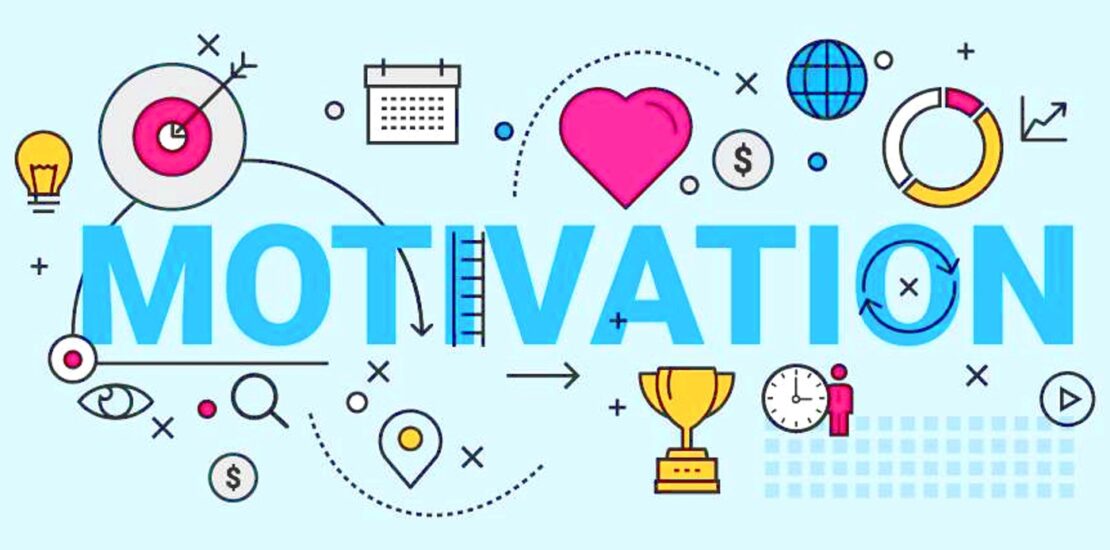- November 14, 2022
- Posted by: principlegroup
- Category: Uncategorized

Successful motivation techniques increase employee engagement, better team performance, and improve cost-effectiveness. This article discusses the characteristics of effective motivation techniques and outlines three techniques that improve employee morale, performance and engagement.
Characteristics of successful motivation techniques
Effective motivation techniques share common characteristics:
- They’re people-centered. Not all employees are driven by the same desires. Effective motivational techniques take individuals and differences into consideration and reward employees in ways that matter to them as people.
- They help employees do their jobs better. Successful motivation techniques give employees the tools they need to do their jobs more effectively, and opportunities to learn new skills, ultimately helping them improve performance.
- They’re positive. Effective techniques use positive reinforcement, validation and other affirmative techniques to make employees feel acknowledged, happier and more engaged.
Three motivation techniques you can try today
Try these three motivation techniques to boost your employees’ motivation today:
- Employee-driven
- Education incentives
- Workflow improvement
Employee-driven
The most successful motivational techniques are developed in collaboration with employees. The main advantage of this technique is that it unique needs of your team members:
- Schedule brainstorming sessions that are fun and invite creative thinking. Ask team members what motivates them both at work and in general. The goal is to tap into what inspires your employees as human beings, so keep the mood light. If your company is too large to do this practically, design a survey that has employees rate various incentives and sources of inspiration. Ensure there are write-in questions as well.
- Analyze data and determine top drivers and incentives.
- Regroup as a team and develop a strategy to implement the most practical and desired changes and incentives.
- Create a timeline and concrete measurements to determine effectiveness in terms of productivity and feedback you receive from employees.
Education incentives
Education-related benefits motivate employees because they enable them to improve career prospects and the skills they contribute to the workplace. Try implementing some of these education initiatives:
- Offer flexible hours to accommodate classwork
- Set up online communities for employees to share educational resources
- Ask employees to design “lunch and learn” seminars where members of your team share their skills and experiences in their jobs
- Reward high-performing employees with tickets to industry events such as conferences
- Consider student loan payment incentives
Workflow improvement
Involving employees in workflow design is a great motivator. It makes employees feel that they matter and are empowered to improve their daily work. There’s also the chance that improving workflow will free employees up for more interesting, higher-value tasks. Use the following steps:
- Work with employees to define each step of a given process from initiation to completion.
- Ask them for feedback on key areas such as the time needed for task completion, tools and software used, and dependencies on other departments and vendors, if applicable.
- Analyze and identify areas for improvement.
- Get feedback from employees. Are there steps that can be streamlined or eliminated?
- Make changes that make task completion easier, task duration shorter and output quality higher.
- Regroup as a team to check progress and success. Continue to make improvements.
